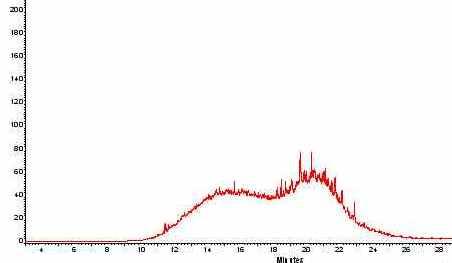Usually a highly-refined mineral oil that is stable at high temperatures and has excellent electrical insulating properties (insulating oil). Serves as dielectric fluid and heat transfer medium. It is used in oil-filled transformers, some types of high voltage capacitors, fluorescent lamp ballasts, and some types of high voltage switches and circuit breakers. Its functions are to insulate, suppress corona and arcing, and to serve as a coolant. It consists of hydrocarbons (isoparaffins, naphthenes, naphthenic-aromatic, and aromatic hydrocarbons). In the 1970s, polychlorinated biphenyls (PCBs) were often used as a dielectric fluid since they are not flammable. Starting in the early 1970s, concerns about the toxicity of PCBs have led to their banning in many countries. Today, non-toxic, stable silicone-based or fluorinated hydrocarbons are used, where the added expense of a fire-resistant liquid offsets additional building cost for a transformer vault. Combustion-resistant vegetable oil-based dielectric coolants and synthetic pentaerythritol tetra fatty acid (C7, C8) esters are also becoming increasingly common as alternatives to naphthenic mineral oil. Esters are non-toxic to aquatic life, readily biodegradable, and have a lower volatility and a higher flash points than mineral oil. transformer oil is not expected to pose an inhalation hazard under conditions of normal use or forseeable misuse. Transformator oil has a low vapor pressure and is not expected to present an inhalation hazard at ambient conditions. Caution should be taken to prevent aerosolization or misting of this product. Acute and chronic overexposures generated under unusual conditions may be irritating to the respiratory tract. Acute toxic effects may occur upon ingestion. (Source: MSDS AMTECOL) The soil around the transformers is usually polluted with transformer oil. According to ecotoxicological tests it is harmful for the soil life.
MSDS STATOIL
